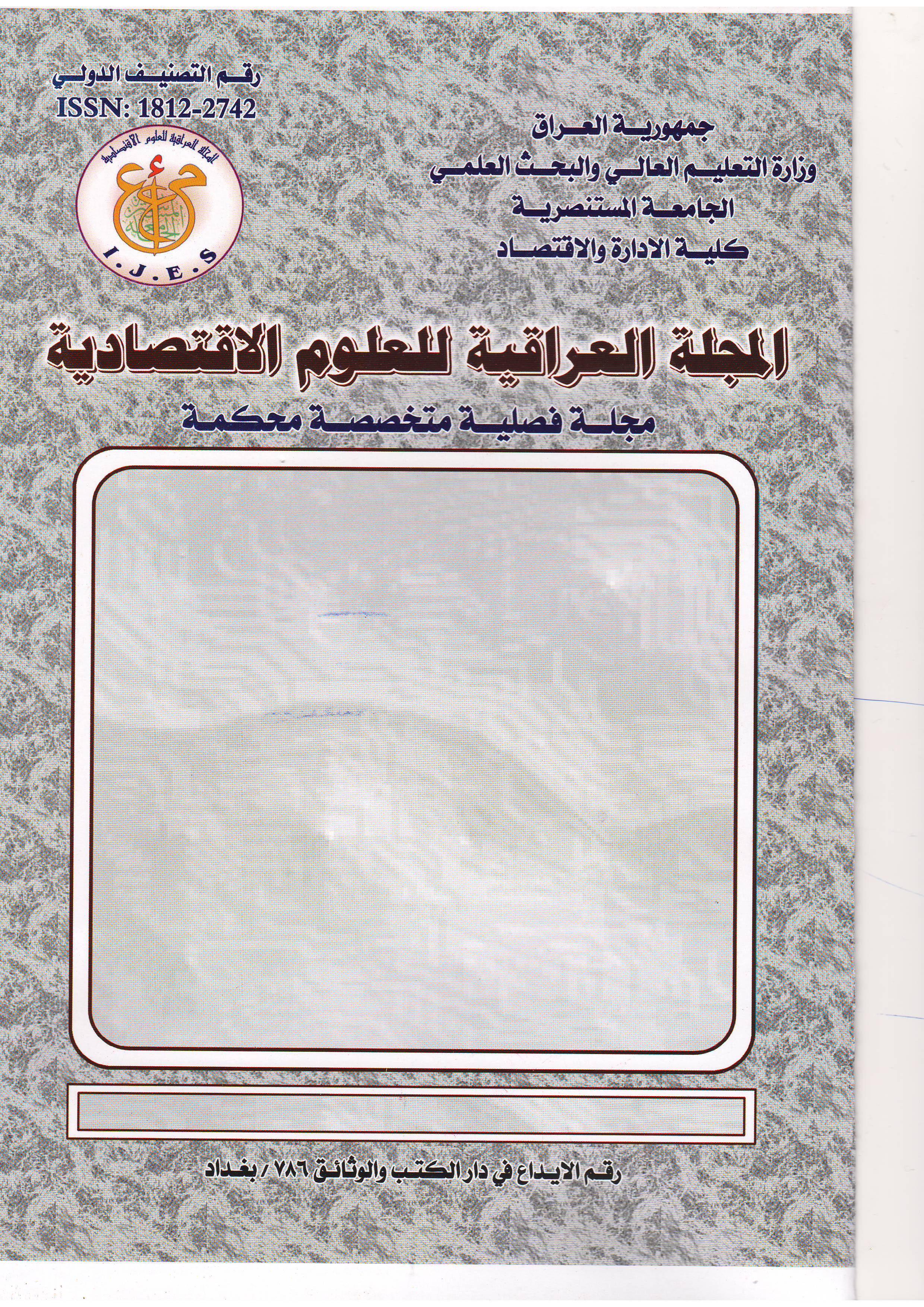المضامين التطبيقية لقانون Okun، كأداة تنبؤية لصنّاع السياسة النقدية: دراسة تحليلية في الولايات المتحدة والعراق للمدة 1984-2015
الملخص
Abstract
The importance of this topic highlights the fact that the relationship of Okun law is characterized by simplicity, because it includes only two important macroeconomic variables, and this relationship, also, has practical support. While, the importance of this research lies in that it deals with the possibility of using this law as a useful predictive tool for makers of monetary policy, wondering whether it is a reliable and stable relationship over time, across the business cycle, and across countries.
The research aims to give an extended view about what this law images, its applied implications for monetary policy, and the possibility of using it as a predictive tool to draw of future monetary policy parameters, in addition to the statement of its relationship with Phillips curve, and highlights the lost output due to unemployment.
The research presents the following hypothesis: The inverse relationship between unemployment and the level of output, when achieved, can be used to predict future monetary policy formation.
The research is being divided into several sections to give an idea about the concept of Okun law, its public form, and the possibility of its interpretation, in addition to its applied implications regarding the implementation of monetary policy, through the use of that law as an effective and accurate predictive tool to determine the situation of the monetary policy in the future.
The research follows the methodology of theoretical and quantitative analysis to clarify this law, and its implications under the applied framework. The research identifies two countries, with varying levels of economic development in comparison, the United States and Iraq, as a spatial framework for research, over a period of time from 1984 to 2015, as a time frame for research.
The research reached the realization of the hypothesis of research, only on the United States, to achieve the condition of the inverse relationship (coefficient β negative, i.e. the extent of the unemployment response to the changes in output) between the variables of the law. As for Iraq, the law does not apply to the same year, but a slowdown of one year, as confirmed by the ARDL model.






